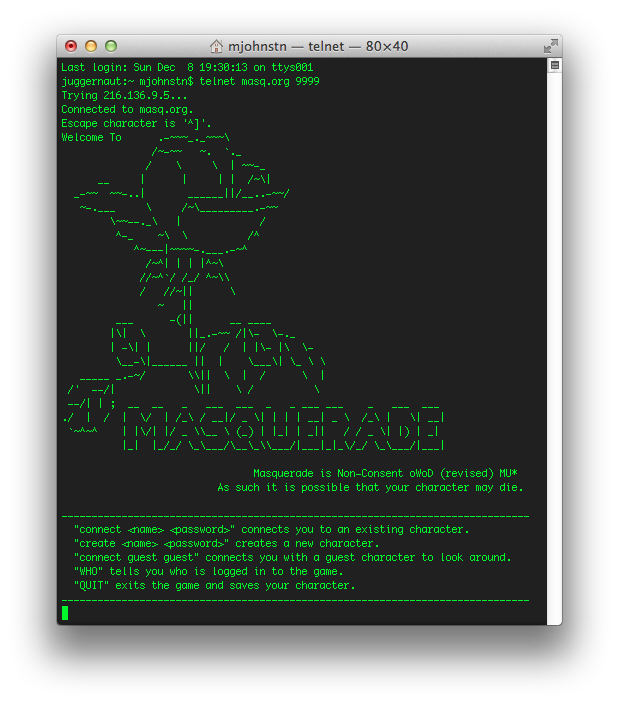The discussion in the Facebook Group “NI Game Dev Network” continues with lots of debate over definitions. It’s plain that people mean different things when they say “AA” or “Indie” when referring to budgets. Thing is – this is the same debate that’s been raging for years.
My meanings:
Indie – developed and publish by a small team (probably less than 20 people). Usually with a smallish budget and usually bootstrapped (or crowd-funded). They may do client work to make up the salary bill or they may have incremental income from a well-received but not breakaway series of games.
AA – developed by a studio which may or may not also be the publisher. The team size varies but the project is unlikely to be bootstrapped and much more likely to be funded by a publishing contract. They’ll depend on a hit or two or a major IP to maintain their growing costs.
AAA – megacorporations which own multiple studios and have budgets in the multimillions. They may have a development team with a thousand people. They’ll be supported by major hits and, ultimately, they’ll be sunk by a major flop.
This isn’t a badge of quality. Everyone has witnessed a crappy AAA game and has had a top quality experience from an indie game. This is more about market position, access to resources and budgets. Some (Hi Ryan) would say that being Indie is a state of mind. I’d agree until you see AAA publishers getting in on Indie Games Bundles. Which is just stupid.
What I’m more interested in is a criterion of success – be that commercially, critically or culturally.
According to a TechRadar article, these are the 20 best British games:
- ELITE
- GTA
- Rome: Total War
- Football Manager
- Goldeneye
- Tomb Raider
- Speedball 2
- Chuckie Egg
- Worms
- WipEout
- Lemmings
- Manic Miner
- Timesplitters
- Sensible World of Soccer
- Little Big Planet
- Banjo Kazooie
- Populous
- Dizzy
- Conker’s Bad Fur Day
- Driver
Whether or not you agree or disagree, I’m interested in why not one of them came from Northern Ireland.


